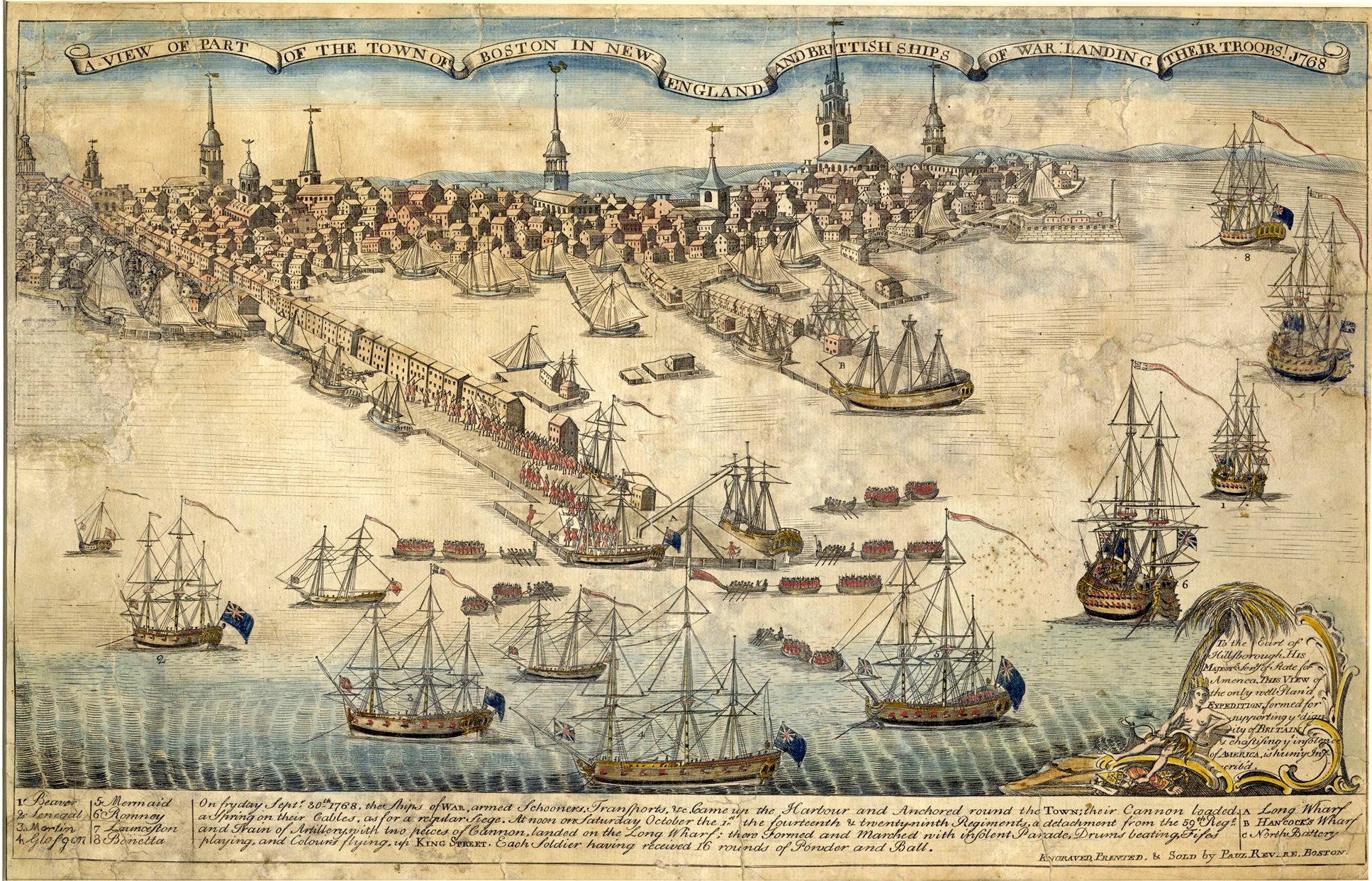
by Emanuel Leutze
Fought on June 28, 1778, the Battle of Monmouth is correctly remembered as one of the largest battles of the American Revolution, and the last major engagement fought in the North. But almost no one remembers that a smaller clash took place on roughly the same ground eighteen months earlier. Although a much smaller and shorter engagement, this first Battle of Monmouth was more significant to the people of Monmouth County. Below is a primer on the forgotten first Battle of Monmouth.
In December 1776, the British Army chased Washington’s Continentals across New Jersey into Pennsylvania, sparking Loyalist counter-insurrections across the state. In Monmouth County, the Loyalists were especially well organized. The British commander, General William Howe, sought to “cover” the ascendant Loyalists as he assigned winter quarters for his troops. Monmouth County’s Whig (patriot) militia dissolved; several local Whigs later recalled this time period as the “Tory Ascendancy” during which “the militia laid down their arms.” Two of the county’s leading Whigs were captured, several others fled. In four of the county’s six townships, the British appointed a “commissioner” to work with the British military and administer Loyalty oaths the Crown. Broadsides went up through the county requiring all fit men to appear at the court house in Freehold on New Year’s Day to join the new Loyalist county militia under two Monmouth Loyalists, Lt. Colonels Elisha Lawrence and John Morris.
But Washington’s Christmas surprise attack on Trenton sent the British into retreat and opened up New Jersey to the returning Continental Army. He was soon informed that “Colonel Elisha Lawrence is now collecting men at Monmouth Court House; he has got together 70 men” and expects more. Washington quickly dispatched a regiment of Pennsylvanians under Lt. Colonel Francis Gurney to Freehold to disperse the gathering Loyalist militia; a detachment of Delaware Continentals under Major Thomas Rodney was dispatched to nearby Upper Freehold.
On January 2, Gurney’s 120 Continentals (a second report claims 200 men) reached Freehold, where they came in contact with 200 Loyalist recruits (a second reports claims 250 men). One of Gurney’s officers, Adam Hubley, recorded what happened next: “We intended to attack them in town about a half hour before night. Col. Morris it seems got account of our arrival, had his men and baggage drawn toward Middletown, they put off from town and got about a mile and half. We immediately pushed after them; when they made a halt, we came up. About a quarter of an hour before night, we engaged them, and they stood us about 8 minutes, a very heavy fire was kept up between us during that time. The enemy at last gave way, and retreated very precipitously.”
Continental parties sent out the next day recovered four dead bodies and took 24 prisoners. The Delaware Continentals took another 22 prisoners. Following this action and the Battle of Princeton, the British quit most of New Jersey and fell back to a handful of posts facing New York City. Gurney’s men continued to Middletown and Shrewsbury, where they made more arrests and confiscated more Loyalist stores. Before January was over, Monmouth’s Loyalist counter-insurgency was collapsed.
As for the Loyalists, some scattered and went home, but most fled to the British camps at New Brunswick and Sandy Hook where they, along with many other Loyalists mustered elsewhere in county, were ordered to form on January 10. These men would form the backbone of the First and Second Battalions of the Loyalist New Jersey Volunteers. They became embittered exiles and began five years of raid warfare against their former neighbors.
In comparison to the better known Battle of Monmouth of June 1778, this first Battle of Monmouth was a tiny event. It only involved a few hundred men and fire was exchanged for less than fifteen minutes. However, in terms of impacting the war in and around Monmouth County, the January 1777 clash was the more significant event—as it marked the end of the Tory Ascendancy and created a cadre of committed Loyalist exiles who would punish the county for the next five years. In contrast, the larger second Battle of Monmouth was a transitory event. A few dozen locals participated in the battle, and a few dozen other were pulled into the battle via plundering or destruction from the battle itself. But the impact of the larger second Battle of Monmouth on the local war was small in comparison to the clash that occurred on the same spot eighteen months earlier.








2 Comments
Love to see information which includes the Old 11th Pennsylvania Regiment! Gurney’s capture of the schooner Good Intent with most of her stores on January 12 at Shrewsbury not only raised his stature within the Continental Line (at least for a time), but also helped improve his financial position. Thanks for sharing.
Was this smaller battle fought on Dutch Lane in Freehold?